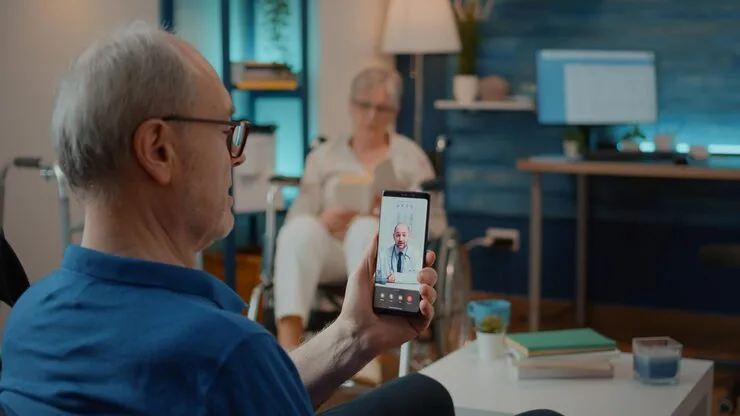Reasons Why Heidi is the Best AI Medical Scribe
Introduction
As a doctor, I often feel that the weight of paperwork pulls me away from my patients. The constant conflict between documentation and patient care has been draining. When I came across Heidi, an AI medical scribe designed to simplify documentation, everything changed.
What makes Heidi so special is not just its advanced technology, but how it transforms the daily experience of being a healthcare professional. Let’s explore why Heidi has quickly become the best AI medical scribe for modern healthcare.
1. Accuracy and Efficiency
One of the biggest challenges in medicine is balancing accuracy with time. Manual note-taking often leads to missed details, incomplete histories, or even misinterpretations when typing in a hurry. These errors don’t just waste time; they can also affect the quality of patient care.
Heidi changes this completely. Using state-of-the-art AI, it listens carefully during consultations and creates structured, accurate medical notes in real time. Imagine finishing a patient visit and already having a polished note ready in your system, no extra typing, no backtracking. Research shows that tools like Heidi can cut documentation time by up to 50%, giving doctors hours back each day. That’s more time to see patients, catch up on reading, or simply head home earlier.
For me, accuracy is peace of mind. Knowing that Heidi captures key details like symptoms, medical history, and treatment plans means I can trust my notes without worrying about gaps or typos.
2. Extended patient experience
There is a patient-doctor relationship at the heart of the drug. Still, how many times have you caught yourself writing while a patient takes the heart out? It seems unnecessary, and patients often notice it.
Heidi changes this dynamic. With the automatically handled documentation, doctors can give their full attention to patients, maintain eye contact, listen deeply, and ask thoughtful questions without being distracted. This simple change creates a more human relationship. Patients feel valued, heard, and respected.
I remember a colleague said to me, “Using Heida felt like being a doctor again, not the computer registration office.” This feeling captures the greatest effect of Heidi: to restore the happiness of the drug. Patients leave with a strong bond to their supplier, and the suppliers again discover why they entered the health care system initially.
3. Customization and Integration
Every clinic is different, and so is every doctor’s workflow. One of the reasons Heidi stands out is her flexibility. You can adjust templates for SOAP notes, referral letters, or summaries, depending on your specialty. If you’re a cardiologist, your notes can emphasize heart-related histories and risk factors. If you’re a family physician, Heidi adapts to broader documentation needs.
Beyond customization, Heidi integrates smoothly with popular Electronic Health Record (EHR) systems. Whether your clinic uses Epic, Athenahealth, or Best Practice, Heidi doesn’t disrupt your routine; it enhances it. Instead of juggling many platforms, you work within the existing system, while Heidi works heavily in the background.
This level of integration means low despair, a uniform workflow, and finally, high productivity.
Conclusion
In the world of health care, time and attention are two of the most valuable resources, and return to both Heidi. It provides accuracy and efficiency and ensures that the notes are complete and flawless. This increases the patient’s experience so that doctors can connect with people instead of a screen. And with its adaptation and uninterrupted integration, it adopts any practice, large or small.





